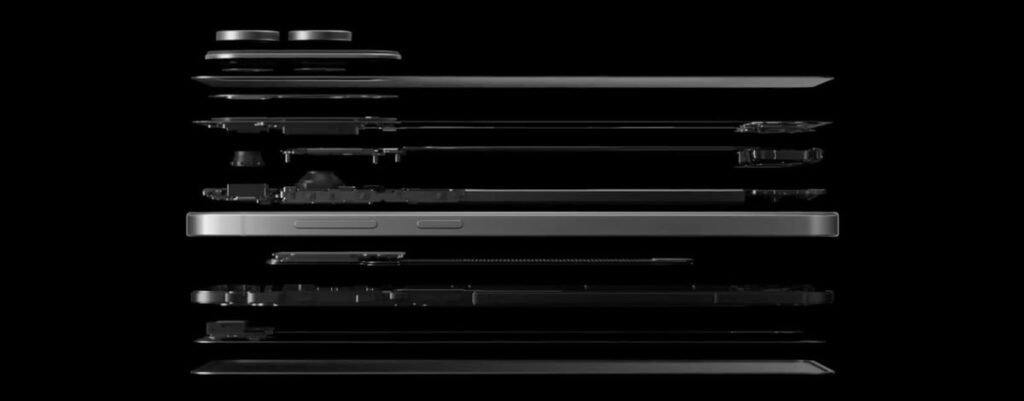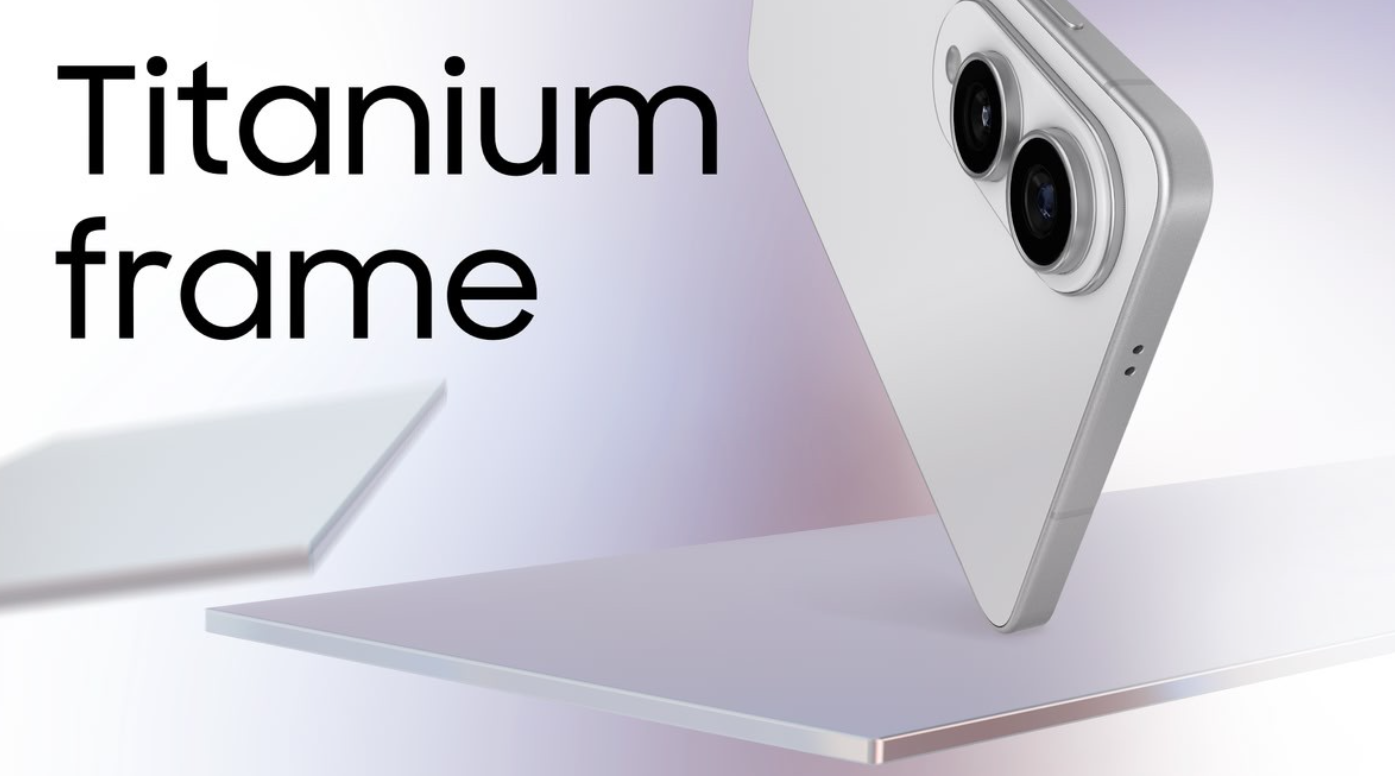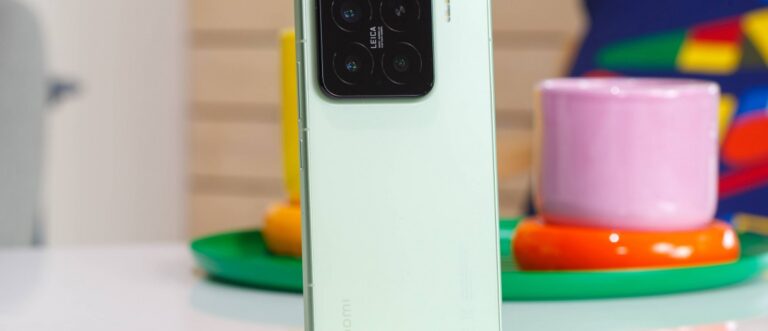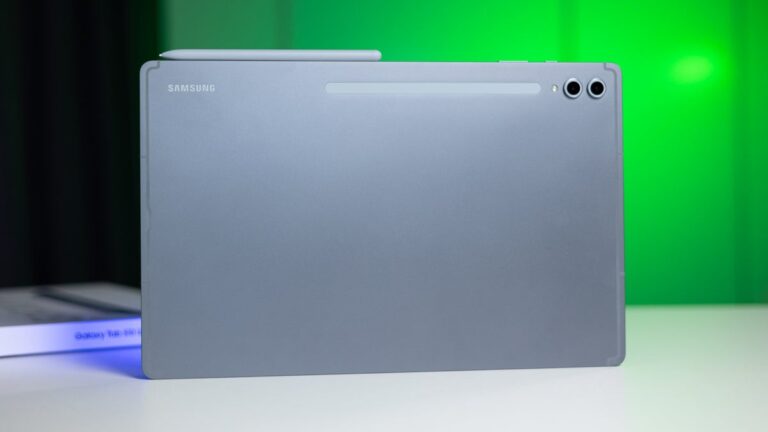Samsung has officially launched the Galaxy S25 Edge, its slimmest smartphone to date, measuring just 5.8mm in thickness and weighing 163 grams. This new addition to the Galaxy S series combines a sleek design with high-end performance and advanced AI capabilities.

Key Features:
- Design and Display: The Galaxy S25 Edge features a titanium frame and Corning Gorilla Glass Ceramic 2, offering durability in a lightweight form. It sports a 6.7-inch Dynamic AMOLED 2X display with QHD+ resolution, a 120Hz refresh rate, and up to 2,600 nits of brightness.
- Performance: Powered by the Snapdragon 8 Elite processor and 12GB of RAM, the device ensures smooth multitasking and gaming experiences. It comes with storage options of 256GB and 512GB.
- Camera System: The smartphone boasts a 200MP main camera, a 12MP ultra-wide lens, and a 12MP front-facing camera. It supports advanced photography features like Nightography and ProVisual Engine for enhanced image quality.
- AI Integration: Galaxy AI enhances user experience with features like Now Brief and Now Bar, providing contextual updates and app-based information. The device also includes AI-powered photo editing tools for object removal and background expansion.
- Battery and Charging: Equipped with a 3,900mAh battery, the Galaxy S25 Edge supports 25W fast charging and wireless charging capabilities.
Market Positioning:
The Galaxy S25 Edge is positioned between the Galaxy S25+ and S25 Ultra models, offering a balance of design and performance. Its ultra-thin profile and advanced features cater to users seeking a stylish yet powerful smartphone.
Availability:
The device is available in select markets, including Spain, with prices starting at €1,249 for the 256GB model and €1,379 for the 512GB variant.
For more details, read the full article on GSMArena: Samsung details the innovations that enabled it to make the Galaxy S25 Edge so thin and light.
📢 Disclaimer
This article is based on information from trusted tech news sources. Techwhatif.com summarizes and adapts these insights to make tech news more accessible to our readers. Full credit goes to the original authors and publications. If you're the content owner and have any concerns, please contact us directly for resolution.



